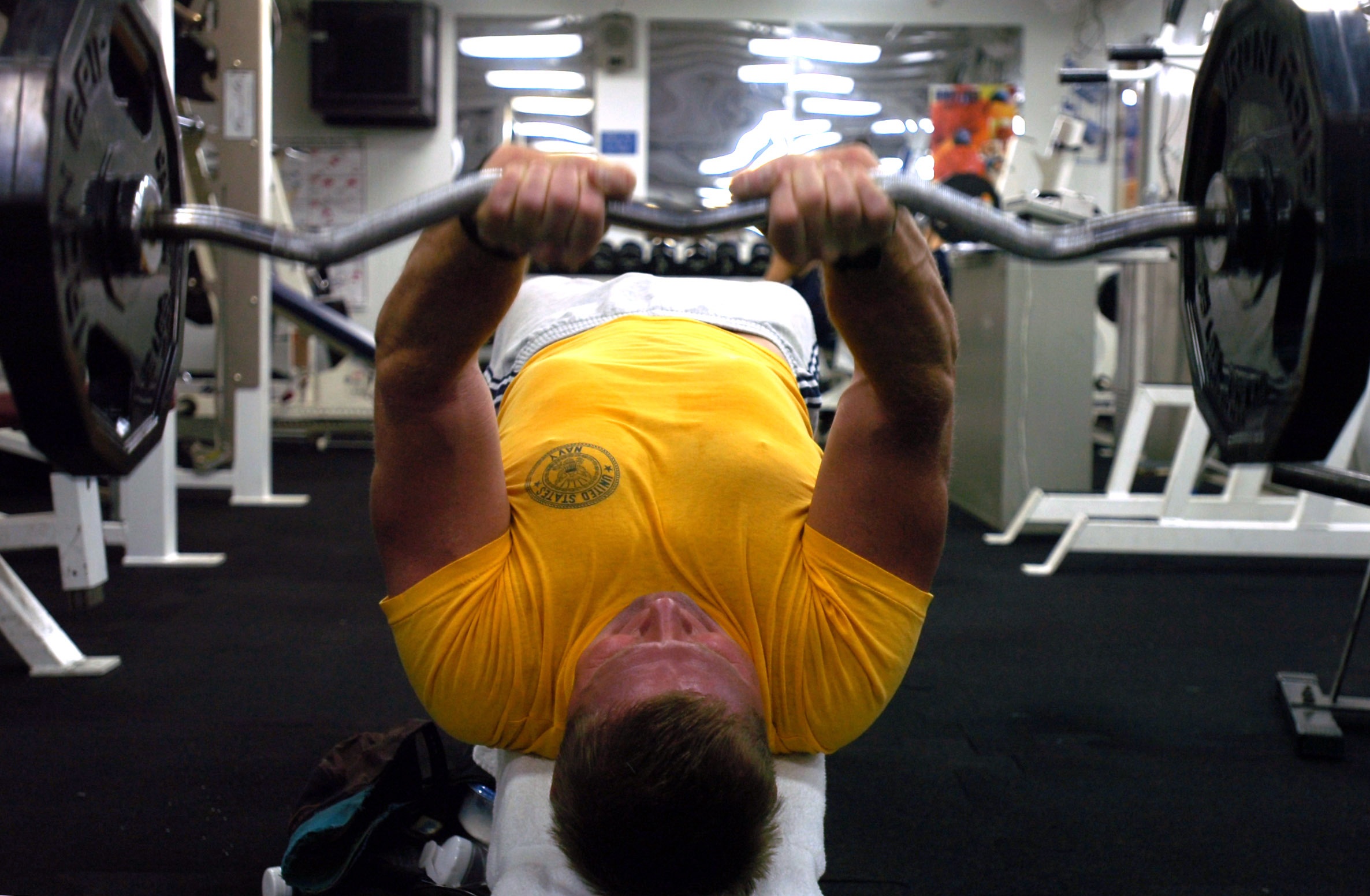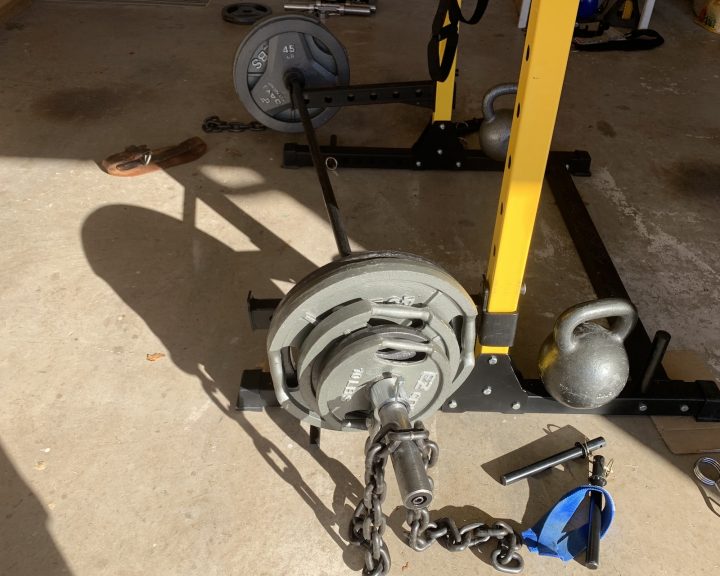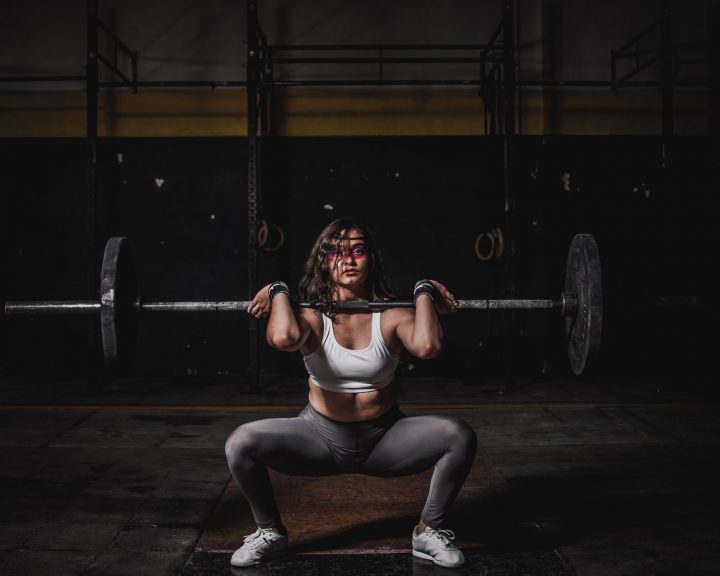It should make sense that the way you are built in terms of the length of your limbs has an impact on how successful you are at certain exercises. When it comes to the bench press, it would seem that having shorter arms with broader shoulders would be advantageous, this would mean that the barbell would be moving a shorter distance during the lift. Caruso et al, in the September issue of the Journal of Strength and Conditioning Research look at how this impacts not only maximal bench press, but also performance of the bench press at submaximal loads (sets performed to failure at either 40%, 55%, or 75% of 1-RM). The subjects studied were healthy college aged men including both athletes and non-athletes. The subjects were, on average, able to bench press 120% of their body weight one time. On average, subjects were able to perform 40, 25, and 11 repetitions at 40%, 55%, and 75% of 1-RM.
The results are interesting and not completely what I’d expect:
- First, body weight has a strong relationship with 1-RM and with measures of force. In other words, more body weight is related to having a greater 1-RM and being able to produce more force.
- Second, arm length had a relationship with 1-RM, though not as strong as body weight. In other words, longer arms are related to having a greater 1-RM.
- Third, shoulder width had a relationship with 1-RM, though not as strong as body weight. In other words, wider shoulders are related to having a greater 1-RM.
The shoulder width relationship makes sense for the reasons that I outlined above (shorter distance for the bar to travel). But, shoulder width, body weight, and longer arms has an impact on bench press 1-RM for one other important reason: these all mean more muscle mass. The greater muscle mass gives the potential to lift more weight.
The results are a little varied with the submaximal loads. Body mass, shoulder width, and total arm length are inversely related to performing repetitions at 40% of 1-RM (i.e. more body mass, longer arms results in fewer repetitions being performed). The authors hypothesize this is because the bar must travel a greater distance when performing repetitions. There is a trend towards this same relationship when performing repetitions at 55% of 1-RM though it is not as clear. This is not reported for the 75% condition. Body mass, shoulder width, and total arm length are all positively related to measures of power though the statistics are not as strong.
I don’t think these results are as clear-cut as they seem. Beginners aside, training at 40% of 1-RM and 55% of 1-RM won’t have much of a training effect on hypertrophy or maximal strength. As the weights in this study become heavier, the statistics become weaker when looking at volume and subject build which suggests that longer arms, greater body mass, and wider shoulders are going to be important at training to 75%+ weights. This is important because being able to perform more repetitions at these weights will increase muscle mass, ultimately increasing strength on the lift. To me, the take home message is that those individuals with more mass, longer arms, and broader shoulders are going to be more successful at the bench press.
Caruso, J.F., Taylor, S.T., Lutz, B.M., Olson, N.M., Mason, M.L., Borgsmiller, J.A., and Riner, R.D. (2012). Anthropometry as a predictor of bench press performance done at different loads. Journal of Strength and Conditioning Research, 26(9), 2460-2467.




